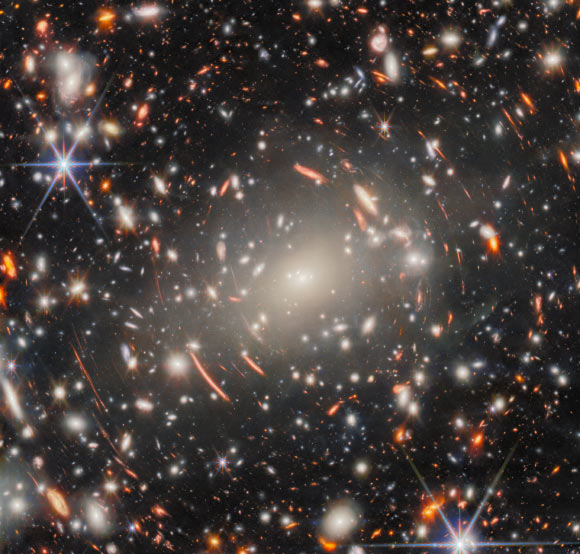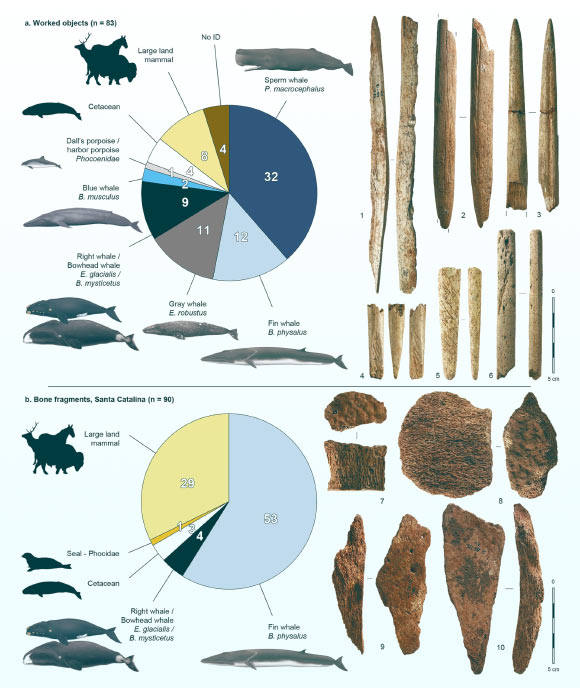Now Reading: Webb Telescope Explores Massive Galaxy Cluster Abell S1063
-
01
Webb Telescope Explores Massive Galaxy Cluster Abell S1063
Webb Telescope Explores Massive Galaxy Cluster Abell S1063

Rapid Summary:
- Astronomers using the James Webb Space telescope captured a new image of galaxy cluster Abell S1063.
- Abell S1063 is located 4.5 billion light-years away in the constellation Grus and contains approximately 100 million-million solar masses, with 51 confirmed galaxies and possibly over 400 more.
- The immense mass of the cluster causes gravitational lensing, distorting and magnifying light from galaxies positioned behind it.
- The image was taken with Webb’s Near-Infrared Camera (NIRCam) over approximately 120 hours across nine infrared wavelengths as part of a deep field observation project to study faint and early galaxies.
- This marks Webb’s deepest observation of a single target to date, aiming to uncover some of the first galaxies formed in the Universe.
Indian Opinion Analysis:
The advancements enabled by the James Webb Space Telescope offer immense implications for understanding cosmic history, including insights into galaxy formation during earlier stages of global evolution.For India-home to an emerging space research community-such milestones serve as inspiration for strengthening its own initiatives like astrophysics programs under ISRO’s umbrella or collaborative ventures in global astronomy projects. Encouraging educational investments in science-based disciplines could help India leverage discoveries such as this one for future participation at similar scales while enhancing cross-border scientific contributions globally.























